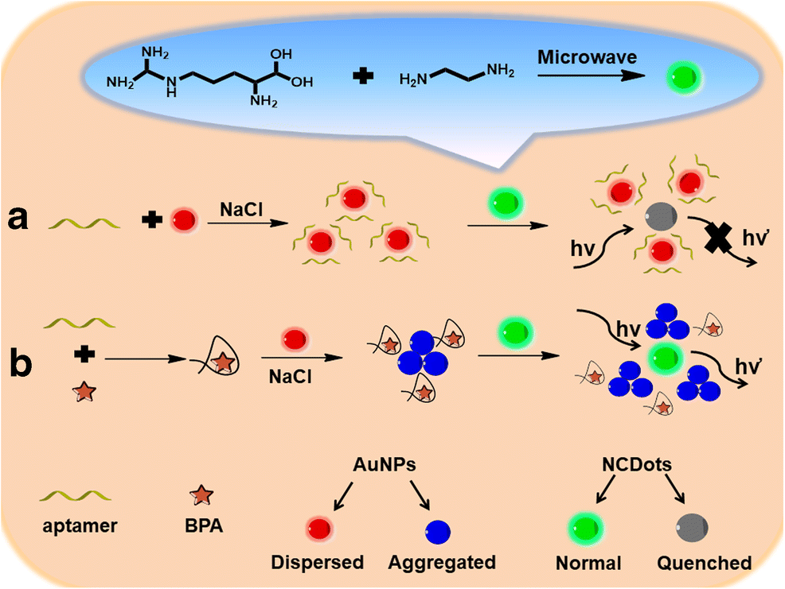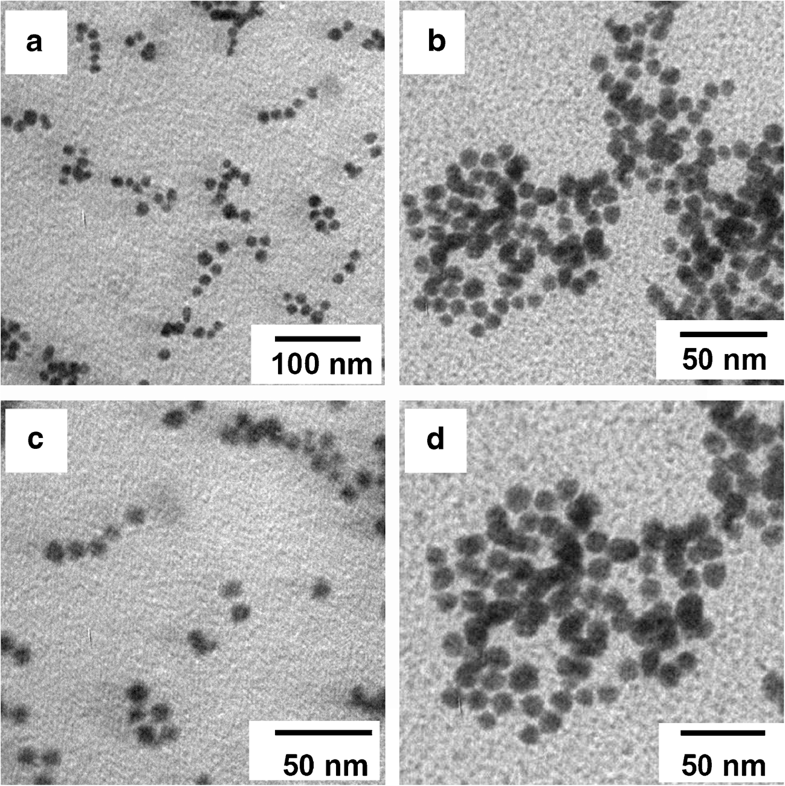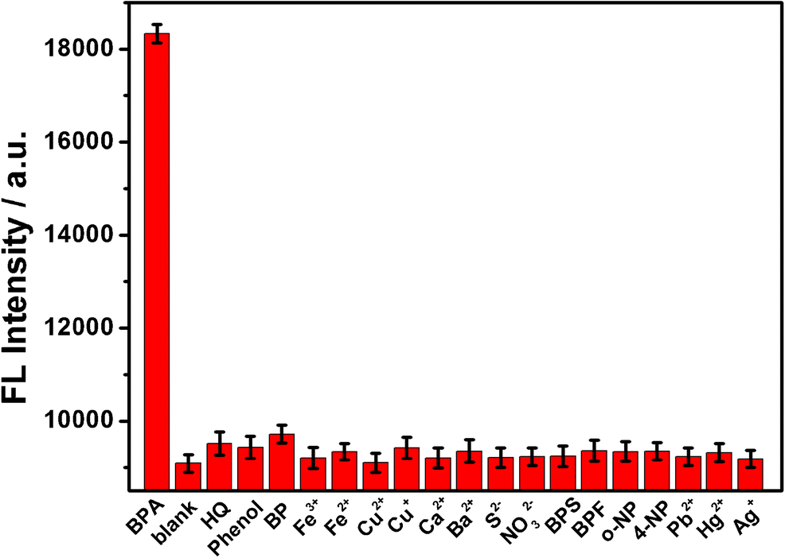博文
Assay for bisphenol A determination
|
An aptamer-based fluorometric assay for bisphenol A (BPA) determination
An aptamer-based fluorometric assay is described for the determination of bisphenol A (BPA).
The aptamer against BPA is first attached to the surface of the red AuNPs, and this prevents the AuNPs from salt-induced formation of a blue-colored aggregate. Hence, the blue fluorescence of added nitrogen-doped carbon dots (NCDots) is quenched via an inner filter effect (IFE) caused by the red AuNPs. After addition of BPA, the BPA/aptamer complex is formed, and the AuNPs are no longer stabilized agains aggregation. This weakens the IFE and results in the recovery of the fluorescence of the NCDots which is measured best at excitation/emission wavelengths of 300/420 nm.
The recovered fluorescence increases linearly in the 10 to 250 nM and 250 to 900 nM BPA concentration ranges, and the detection limit is 3.3 nM.
The method was successfully applied to the determination of BPA in spiked environmental tap water samples.
![]()

Fig 1. Schematic presentation of a fluorometric aptamerTEM images of NCDots (a) and AuNPs (b) dispersed in water

Fig 2. TEM images of AuNPs in different systems The specificity of our method against some potential interferences

Fig 3. The specificity of the method against some potential interferences
Cite this article as:
Wang, L., Cao, HX., Pan, CG. et al. Microchim Acta (2019) 186: 28.
https://doi.org/10.1007/s00604-018-3153-3
https://blog.sciencenet.cn/blog-458701-1205881.html
上一篇:Journal Citation Reports-2017 SCI-Journal Impact Factor
下一篇:[转载][Ref] The Nobel Prize in Chemistry 2020